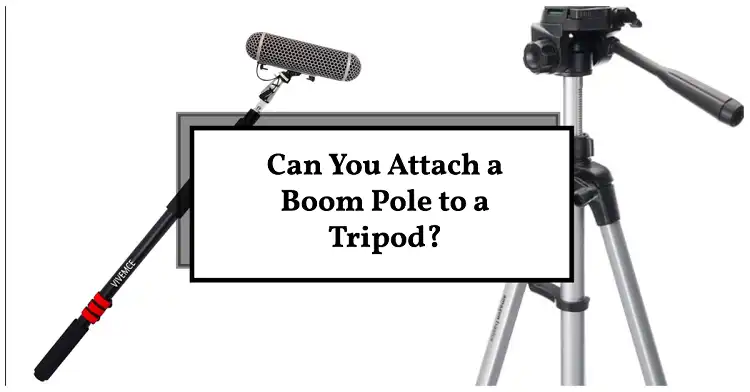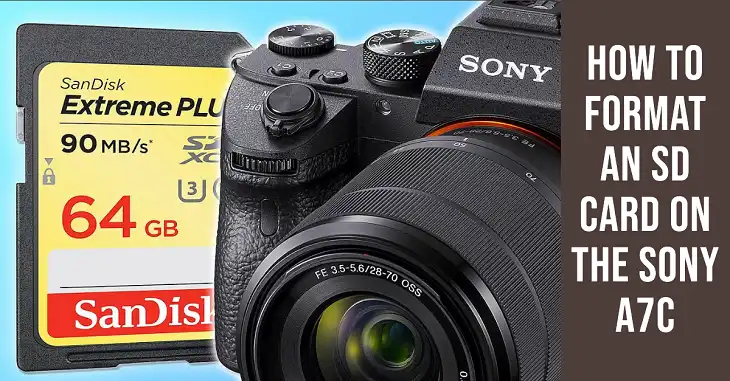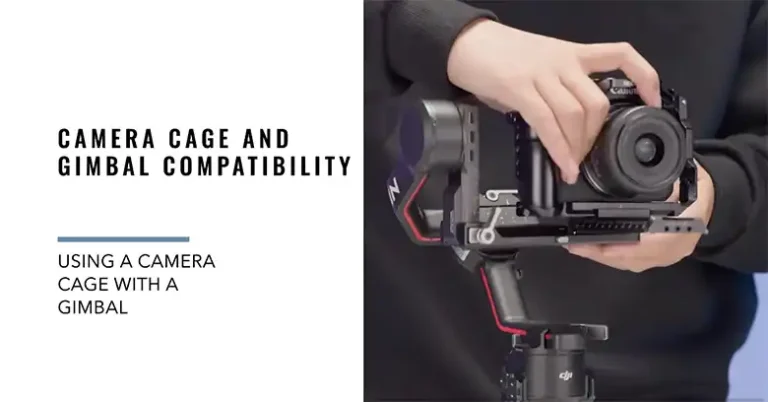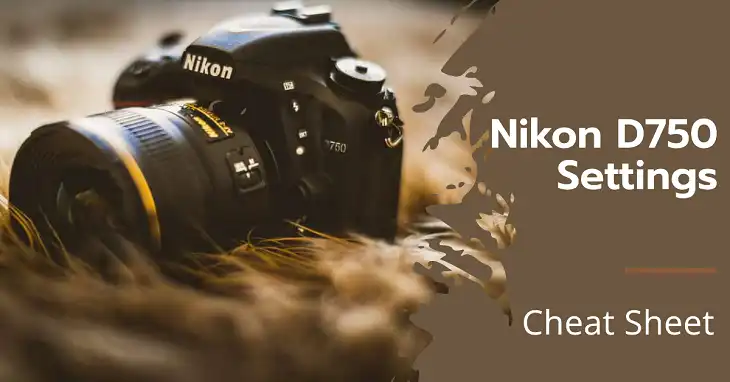Tripod Vs Gimbal | The Right Camera Gear For You
Tripods have been the trusty companions of photographers for decades, providing unwavering stability and versatility. On the other hand, gimbals have emerged as game-changers, offering unparalleled smoothness and freedom of movement. But which one should you choose?
In short, a tripod is a more versatile and beginner-friendly option compared to a gimbal. However, for specific usage scenarios like travel vlogging, a gimbal can be a better solution.
In this article, we’ll talk about tripods and gimbals, explore their unique strengths, and help you make an informed decision based on your specific needs as a photographer, videographer, vlogger, or any other creative professional.
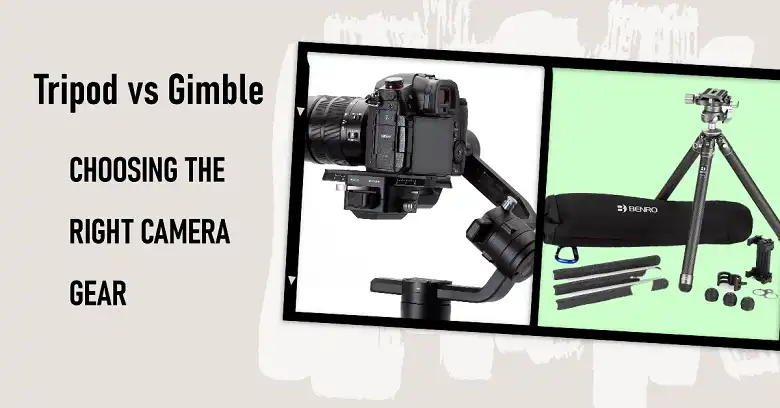
Tripod Vs Gimbal: An In-Depth Comparison
Before we dive into recommendations, let’s lay the groundwork by understanding the key differences between tripods and gimbals.
Tripod vs. Gimbal Comparison Table
| Feature | Tripods | Gimbals |
| Purpose | Provide stability for static shots | Stabilization for camera movements |
| Types | Basic, travel, photography/videography | Handheld, body-mounted, motorized gimbals |
| Stabilization | Relies on sturdy construction and weight | Uses advanced technology like motors, sensors, etc. |
| Portability | Generally less portable | More portable and lightweight |
| Ease of Use | Relatively simple setup | Steeper learning curve |
| Cost Range | $20 – $1,000+ | $100 – $2,000+ |
| Camera Compatibility | Compatible with most camera types and sizes (within weight limits) | Compatibility varies, some may have limitations with larger/heavier cameras |
| Weight Limits | Typically 5 lbs – 30 lbs or more (depends on tripod model) | Typically 1 lb – 7 lbs (depends on gimbal model) |
| Video Quality | Excellent for static shots, can prevent camera shake | Allows for smooth, cinematic camera movements and stabilized footage |
| Photo Quality | Ideal for long exposures, low-light situations, and eliminating blur | Can be useful for reducing camera shake in certain situations |
| Shooting Scenarios | Landscapes, portraits, real estate, product photography, etc. | Action videography, vlogging, weddings, events, travel videos, etc. |
Understanding Tripods
Tripods are the traditional workhorses of the photography world, offering unparalleled stability for static shots. From basic aluminum models to advanced carbon fiber options, tripods come in various designs to suit different needs and budgets.
Strengths:
- Excellent for long exposures, low-light situations, and eliminating camera shake
- Versatile compatibility with most camera types and sizes (within weight limits)
- Affordable options are available, starting as low as $20
Limitations:
- Limited mobility and camera movement capabilities
- Can be bulky and less portable, especially larger models
Understanding Gimbals
Gimbals are the modern stabilization tools that have revolutionized videography and vlogging. Using advanced technology like motors and sensors, gimbals actively counteract camera shake, allowing for smooth, cinematic movements even while on the move.
Strengths:
- Unparalleled stabilization for dynamic shots and camera movements
- Compact and portable designs, ideal for travel and run-and-gun shooting
- Advanced features like motorized pan/tilt and AI-powered stabilization (on high-end models)
Limitations:
- Generally more expensive than tripods, starting around $100
- Steeper learning curve for balancing and proper operation
- Compatibility limitations with larger, heavier camera setups
Choosing Your Gear
Now that you understand the key differences, let’s dive into specific recommendations for when to choose a tripod or a gimbal based on your shooting needs and requirements.
For Static Shots and Long Exposures

If your primary focus is capturing static scenes, landscapes, real estate, product photography, or any situation where absolute stillness is required, a tripod is the recommended choice. Its sturdy construction and ability to eliminate camera shake make it ideal for long exposures, low-light situations, and achieving tack-sharp images.
For Dynamic Shots and Camera Movements
If your shooting style involves capturing action, and movement, or creating cinematic videos, a gimbal is the tool you need. Its advanced stabilization technology allows for smooth, fluid camera movements, even while on the move, making it perfect for action videography, vlogging, weddings, events, and travel videos.
For Travel and Portability
If you’re constantly on the move and prioritize portability and convenience, consider the following recommendations:
Tripod: Choose a lightweight, compact tripod that can easily fit in your camera bag or backpack. Look for models with features like twist-lock legs and sturdy yet portable construction.
Gimbal: Opt for a compact, handheld gimbal that can stabilize your smartphone, action camera, or mirrorless camera setup. These portable gimbals are perfect for capturing smooth footage while traveling or exploring the great outdoors.
Based on Budget
Budget is often a crucial consideration when choosing gear. Here’s what we recommend:
If you’re on a tight budget, consider an affordable tripod that offers basic features and compatibility with entry-level camera setups. These tripods may lack advanced features but can still provide reliable stability for static shots.
Entry-level gimbals can be a good choice for those starting with stabilized videography or vlogging. However, they lack the versatility of a tripod, hence we don’t recommend them unless you specifically want to do only videography or vlogging.
Based on Specific Features and Functions
Some creators have unique needs that require specialized features. Consider the following recommendations:
Timelapse/Panoramas: If capturing timelapse and panoramic shots is a priority, look for tripods with motorized heads or sliders that enable precise camera movements.
Low-Light/Astrophotography: For astrophotography and low-light situations, invest in a heavy-duty equatorial mount tripod designed for precise tracking and long exposures.
Live Streaming/Vlogging: If you’re a content creator focused on live streaming or vlogging, consider a versatile gimbal with built-in lighting, audio capabilities, and webcam functionality.
By carefully evaluating your shooting style, budget, camera setup, and specific feature requirements, you’ll be better equipped to choose the right tripod or gimbal for your needs.
Wrapping Up
In the end, both the tripod and gimbal are your trusted little friend, but they are built for different purposes. For a beginner-friendly solution that should work virtually in every situation, the tripod is the absolute winner. Get it first, then add a gimbal to your gear collection once you have broadened your horizon into professional-level videography.
Thanks for reading!

